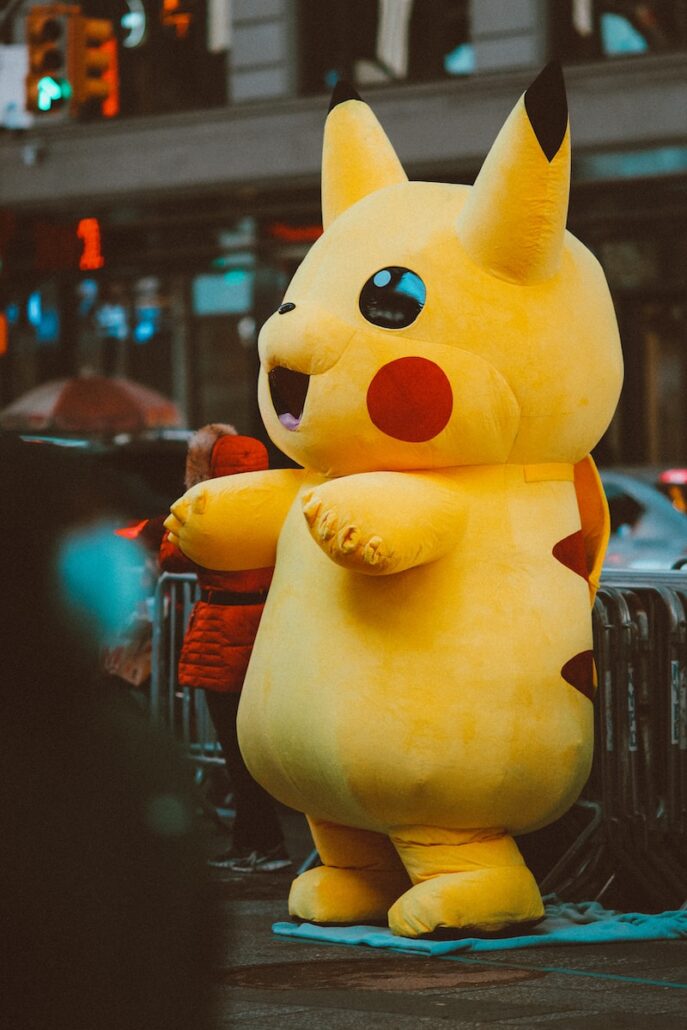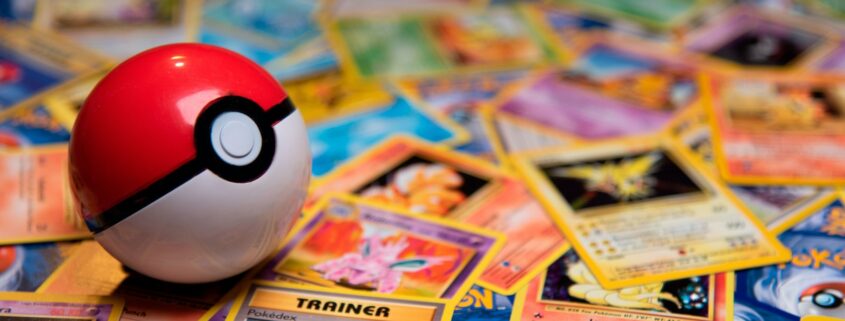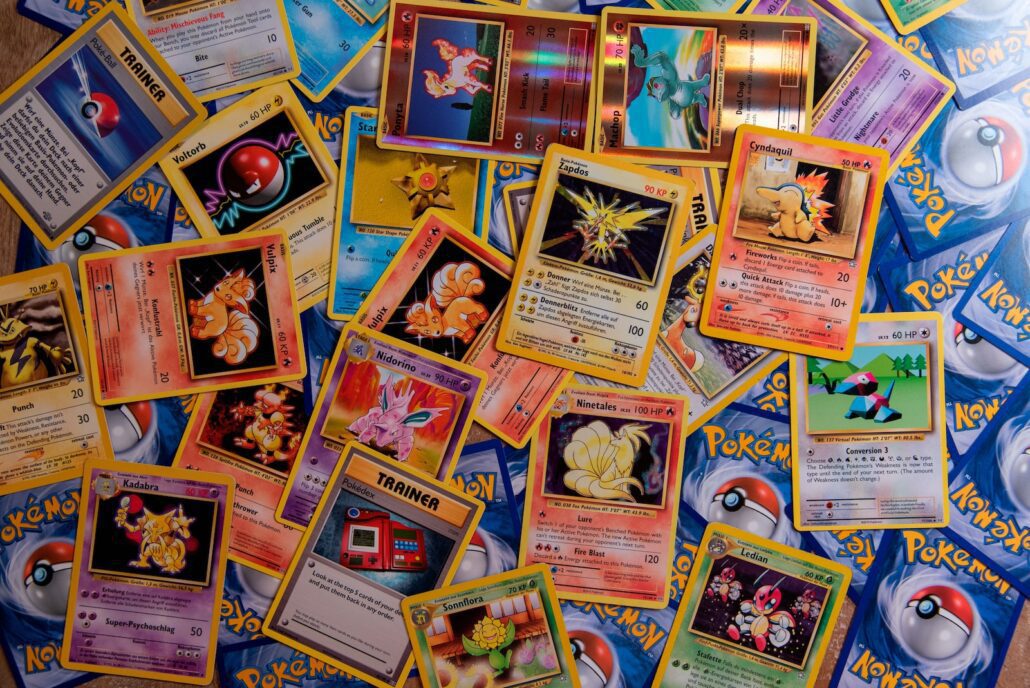Mastering Effective Strategies Against Electric Pokemon
Introduction
Electric-type Pokemon are a force to be reckoned with in the world of Pokemon battles. With their powerful electrical attacks and high speed, they can quickly overwhelm opponents if not properly countered. In order to succeed in battles against Electric types, it is crucial for trainers to have a solid understanding of effective strategies. This blog post aims to provide trainers with the knowledge they need to master these strategies and come out victorious in their battles against Electric Pokemon.
To begin, let’s take a closer look at the weaknesses of Electric-type Pokemon. One of their primary weaknesses is their vulnerability to Ground-type moves. Ground-type attacks are super effective against Electric types, dealing double damage and often resulting in a swift defeat for the opposing Pokemon. By utilizing Pokemon with strong Ground-type moves such as Earthquake or Earth Power, trainers can exploit this weakness and gain the upper hand in battle.
In addition to Ground-type moves, there are other types of moves that prove highly effective against Electric Pokemon. For example, Rock-type moves also deal double damage to Electric types. Moves like Stone Edge or Rock Slide can deliver devastating blows and effectively neutralize Electric-type opponents. Furthermore, Ice-type moves can also be advantageous when facing off against these electrifying foes. Attacks like Ice Beam or Blizzard have the potential to freeze Electric types, rendering them immobile and significantly weakening their offensive capabilities.
When it comes to selecting Pokemon with strong moves against Electric types, several options stand out. Ground-type Pokemon such as Garchomp or Excadrill possess both the typing advantage and access to powerful Ground-type moves that can easily dispatch Electric foes. Additionally, Rock-types like Tyranitar or Aerodactyl boast strong Rock-type moves that can deliver critical hits against Electric types. It is important for trainers to consider these options when building their teams in order to maximize their chances of success in battles against Electric Pokemon.
Weaknesses of Electric-type Pokemon
Electric-type Pokemon may have a reputation for being powerful and fast, but they also have their fair share of weaknesses. Understanding these vulnerabilities can give trainers a significant advantage in battles against Electric types.
One of the primary weaknesses of Electric-type Pokemon is their susceptibility to Ground-type moves. Ground-type moves are not only super effective against Electric types, but they also completely negate their immunity to Electric attacks. This means that even if an Electric-type Pokemon would normally take no damage from an Electric move, it will still be vulnerable to Ground attacks. Trainers can exploit this weakness by using Pokemon with strong Ground-type moves, such as Earthquake or Earth Power, to deal heavy damage to Electric types.
Another weakness of Electric-type Pokemon is their vulnerability to Rock-type moves. Rock-type moves are super effective against Electric types and can deal massive damage. This is particularly useful when facing off against dual-typed Electric Pokemon that may have additional weaknesses to Rock moves. For example, the popular Water/Electric type Pokemon, Lanturn, takes four times the damage from Rock-type attacks due to its Water typing. Trainers can capitalize on this weakness by utilizing Rock-type moves like Stone Edge or Rock Slide.
Additionally, Grass-types pose a significant threat to Electric types due to their resistance and immunity to Electric attacks. Grass-types are not only resistant to Electric moves but also immune to them if they possess the ability Sap Sipper. This ability allows Grass-types to absorb any incoming Electric move and increase their Attack stat in the process. By using Grass-types with strong offensive moves like Energy Ball or Solar Beam, trainers can effectively counter and defeat Electric-type opponents.
Furthermore, Dragon-types can also prove advantageous when battling against Electric types. While Dragon-types do not possess any inherent advantages over Electric types, they often have high base stats and access to powerful Dragon-type moves such as Draco Meteor or Outrage. These moves can deal substantial damage even without a type advantage, making Dragon-types formidable opponents for Electric-type Pokemon.
Moves Super Effective Against Electric Pokemon
Electric-type Pokemon are known for their powerful electric attacks, but they also have their weaknesses. To effectively counter Electric Pokemon in battles, trainers need to be aware of the types of moves that are super effective against them.
One type of move that is super effective against Electric Pokemon is Ground-type moves. Ground-type moves have a natural advantage over Electric types because electricity cannot pass through the ground. Moves like Earthquake and Dig can deal significant damage to Electric Pokemon, often resulting in a one-hit knockout. These moves are not only super effective but also provide a strategic advantage by nullifying the Electric type’s immunity to Normal-type moves.
Another type of move that can be highly effective against Electric Pokemon is Rock-type moves. Rock-type moves exploit the weakness of Electric types to rocks, causing massive damage. Moves like Stone Edge and Rock Slide can deal devastating blows to Electric Pokemon, making them an excellent choice for trainers looking to counter these types.
In addition to Ground and Rock types, Ice-type moves can also prove useful when battling against Electric Pokemon. Ice-type moves not only deal super effective damage but also have a chance to freeze the opponent, rendering them unable to attack for several turns. Moves like Ice Beam and Blizzard can be particularly devastating when used against Electric types, as they not only deal significant damage but also potentially incapacitate the opponent.
It’s worth noting that certain dual-typed Pokemon may possess additional weaknesses that can be exploited when countering Electric types. For example, if an Electric/Flying type is encountered, it becomes vulnerable not only to Ground and Rock type moves but also Ice and Dragon type moves due to its Flying typing. This provides trainers with even more options when choosing their team members and move sets.
Trainers should keep in mind that while some moves may be super effective against Electric Pokemon, others may not be as effective or even ineffective. For instance, Water-type moves are generally neutral against Electric types unless they possess a secondary typing that is weak to Water, such as Ground or Rock. Similarly, Electric-type moves used against Electric Pokemon will only deal normal damage and may not be the most effective choice.
Pokemon with Strong Moves Against Electric Types
There are several Pokemon that possess strong moves specifically designed to counter Electric types. These Pokemon have unique abilities and strategies that make them formidable opponents in battles against Electric-type Pokemon.
One such Pokemon is Garchomp. Garchomp is a dual Ground/Dragon-type Pokemon known for its incredible speed and power. It has access to the move Earthquake, which is not only super effective against Electric types but also deals massive damage to any opponent. With its high attack stat, Garchomp can easily take down Electric-type Pokemon with a single well-placed Earthquake.
Another powerful contender against Electric types is Tyranitar. As a Rock/Dark-type Pokemon, Tyranitar has an advantage over Electric types due to their vulnerability to Rock-type moves. Tyranitar’s signature move, Stone Edge, is a devastating Rock-type attack that can deal significant damage to any Electric-type opponent. Additionally, Tyranitar’s high defense stat allows it to withstand attacks from Electric types while retaliating with powerful moves like Stone Edge.
In addition to Garchomp and Tyranitar, Excadrill is another notable choice for countering Electric types. This Ground/Steel-type Pokemon possesses the ability Mold Breaker, which allows it to ignore the abilities of opposing Electric types that would normally hinder its attacks. Excadrill can learn the move Iron Head, which is not only super effective against Electric types but also has a chance of causing flinching, preventing the opponent from making a move on their turn.
Magnezone, an Electric/Steel-type Pokemon itself, also deserves mention when discussing strong moves against other Electric types. Magnezone has access to the move Flash Cannon, a powerful Steel-type attack that hits hard against any opposing Electric type. With its high Special Attack stat and ability Magnet Pull (which prevents Steel-types from switching out), Magnezone can effectively trap and eliminate opposing Electric types with ease.
Lastly, we have Zeraora, a pure Electric-type Pokemon known for its incredible speed and offensive capabilities. Zeraora’s signature move, Plasma Fists, not only deals significant damage to Electric types but also changes all of Zeraora’s Normal-type moves into Electric type for the remainder of the battle. This unique ability allows Zeraora to exploit the weaknesses of Electric types while maintaining a diverse movepool.
Conclusion
In conclusion, mastering effective strategies against Electric-type Pokemon is crucial for any aspiring Pokemon trainer. By understanding their weaknesses and utilizing moves that are super effective against them, trainers can gain a significant advantage in battles. Electric-type Pokemon are weak against Ground-type moves, making Ground-type Pokemon excellent choices for countering them. Additionally, moves such as Earthquake and Dig can deal massive damage to Electric types. It is also important to note that Electric types are immune to paralysis, so relying on moves that inflict this status condition will not be effective.
Furthermore, certain Pokemon possess strong moves that can devastate Electric types. For example, Garchomp is a Dragon/Ground type Pokemon with access to powerful moves like Earthquake and Stone Edge. Its high Attack stat combined with its typing makes it an excellent choice for dealing with Electric types. Another notable mention is Excadrill, a Ground/Steel type Pokemon known for its devastating move-set including Earthquake and Iron Head.
By taking advantage of the weaknesses of Electric-type Pokemon and utilizing the right moves and Pokemon, trainers can become experts in battling these formidable opponents. It is essential to stay knowledgeable about different strategies and type advantages in order to succeed in battles.
So go forth, trainers! Apply these effective strategies in your next encounter with an Electric-type Pokemon and watch as your team emerges victorious. Remember, knowledge is power when it comes to battling, so keep learning and exploring new tactics. With practice and perseverance, you will become a master of countering Electric types in no time!
Thank you for reading this blog post and we hope you found it informative and helpful. Happy battling!




